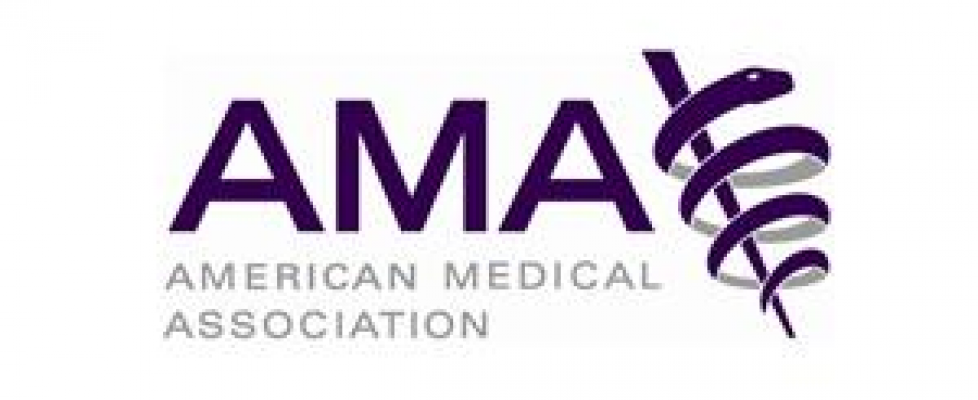AMA Study Offer First National Estimate of Telemedicine Use by Physicians
WASHINGTON, Dec. 03, 2018 (GLOBE NEWSWIRE) — The American Medical Association (AMA) today presented the first nationally representative estimates on how many physicians use telemedicine, and what functions it serves in their practices. Based on a 2016 survey of patient care physicians from all corners of the medical profession, the results gauge the emergence of telemedicine and its integration into health care delivery. The AMA’s benchmark telemedicine study was published in the December issue of Health Affairs.
“While regulatory and legislative changes have been implemented to encourage the use of telemedicine, there are no nationally representative estimates on its use by physicians across all medical specialties,” said Carol K. Kane, study co-author and AMA director of economic and health policy research. “To fill this information gap, the AMA study surveyed 3,500 physicians to provide needed data that will help assess potential barriers and create strategies to promote telemedicine adoption.”
Key findings from the AMA study include:
Overall Use of Telemedicine
Fifteen percent of physicians worked in practices that used telemedicine for patient interactions, such as diagnosing or treating patients, following up with patients, or managing patients with chronic conditions.
Eleven percent of physicians worked in practices that used telemedicine for interactions with health care professionals, such as having a specialty consultation, or getting a second opinion.
Telemedicine Use by Specialty
Radiologists (39.5 percent), psychiatrists (27.8 percent), and cardiologists (24.1 percent) had the highest use of telemedicine for patient interactions. In other specialties, the use of telemedicine for patient interactions ranged from 6.1 percent to 23.0 percent.
Emergency medicine physicians (38.8 percent), pathologists (30.4 percent), and radiologists (25.5 percent) had the highest use of telemedicine for interactions with health care professionals. In other specialties, the use of telemedicine for interactions with health care professionals ranged from 3.3 percent to 14.9 percent.
Telemedicine Use by Modality
Videoconferencing was the telemedicine modality with the most widespread use. Videoconferencing was used in the practices of 12.6 percent of physicians. Use of videoconferencing was most common among emergency medicine physicians (31.6 percent), psychiatrists (25.8), and pathologists (24.1 percent).
Store and forward of patient data for analysis and diagnosis was used in the practices of 9.4 percent of physicians. Using telemedicine to store and forward patient data was most common among radiologists (42.7 percent), pathologists (22.7 percent), and cardiologists (14.9 percent).
Remote patient monitoring (RPM) was used in the practices of 7.3 percent of physicians. Use of remote patient monitoring was most common among cardiologists (17.9 percent), nephrologists (15.4 percent), and neurologists (12.8 percent).
Telemedicine Use by Practice Characteristics
Physicians in smaller medical practices and physician-owned medical practices had a lower rate of telemedicine use than physicians in larger medical practices and ones that were not physician-owned. The findings suggest the financial burden of implementing telemedicine may be a continuing barrier, especially for that segment of practices.
The AMA is committed to making technology an asset, not a burden, and continues to invest in resources that provide physicians with a proven path for integrating telemedicine and digital health technologies into patient care.
A module in the AMA’s STEPS Forward™ collection of practice improvement strategies can help physicians use telemedicine in practice. In the module, physicians will learn the four steps to adopting telemedicine and how to navigate the benefits and challenges of remotely monitoring patients.
The AMA’s Digital Health Implementation Playbook offers a 12-steps process for adopting RPM using devices, trackers and sensors to capture and record patient-generated health data outside the traditional clinical environment. Through RPM, physicians can apply patient-generated health data to improve the management of chronic disease, while engaging patients in their own care.

